
Mastering Air Handling Unit Design: Creating Efficient Indoor Environments
- By:hqt
- 2024-01-10
- 29
In the contemporary world, the importance of indoor air quality and the comfort of individuals cannot be emphasized enough. Our living, working, and primary environments wield significant influence over our overall well-being and productivity. The quality of indoor air is especially critical as it directly impacts our health, minimizing the likelihood of respiratory problems and contributing to overall comfort. At the heart of attaining these goals are Air Handling Units (AHUs). These indispensable elements within HVAC systems control air circulation, temperature, humidity, and filtration within buildings. AHUs are instrumental in crafting an indoor environment that fosters the well-being and contentment of occupants. E-ZONG, originally established as "SANHE" in 1996 in Guangzhou, Guangdong Province, has grown over the past 26 years to become a leading entity in South China's clean industry. With a history spanning more than a quarter of a century, the company has expanded its operations, establishing branches and factories in key locations such as Foshan, Dongguan, Zhongshan, and Taishan, solidifying its reputation as one of the most professional and comprehensive organizations in the region's clean industry sector.
Fundamentals of Air Handling Units
An Air Handling Unit (AHU) is an essential component in heating, ventilating, and air-conditioning (HVAC) systems, tasked with regulating and circulating air. Its primary components include:
Fans: Integral for air movement through both the AHU and the building, fans differ in size and type depending on their specific application.
Filters: Essential for purifying the air by trapping dust, pollen, and other particulates, ensuring the air distributed is clean.
Heating and Cooling Coils: These coils modify the air temperature, heating or cooling it as required by the building’s environment and needs.
Dampers: These elements manage airflow in the AHU, controlling both its volume and direction.
The AHU's function involves pulling in external air, conditioning it (via heating or cooling), and then circulating it throughout a structure. Airflow in an AHU can operate in different modes:
Constant Volume AHUs Offer a steady flow of air at all times. While simpler in design, they lack the energy efficiency of more complex systems.
Variable Air Volume (VAV) AHUs: These systems dynamically adjust air flow to meet the varying heating or cooling requirements, enhancing energy efficiency and providing adaptable comfort.
Heat Recovery AHUs: Designed to reclaim heat from expelled air, these systems use it to precondition incoming fresh air, thereby augmenting energy efficiency.
Design Considerations
In designing an Air Handling Unit (AHU) system, several key considerations ensure its efficiency, effectiveness, and ease of maintenance. These considerations can be categorized into four main areas:
Load Calculation and System Selection
Understanding the Building's Heating and Cooling Needs: This involves assessing the building's size, layout, occupancy, local climate, and other factors that influence its heating and cooling requirements.
Selecting Appropriate AHU Capacity: The capacity of the AHU should match the building's requirements. An undersized unit will be ineffective, while an oversized unit can lead to energy inefficiency and increased costs.
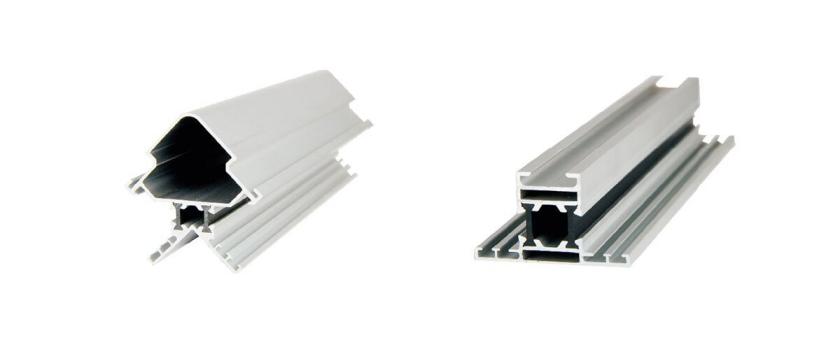
Air Distribution System Design
Ductwork Design: The ductwork should be designed to efficiently distribute air throughout the building, minimizing losses and ensuring uniform air distribution. This includes considerations of duct size, layout, and insulation.
Air Terminal Unit Selection: Selecting the right air terminal units (such as diffusers or grilles) is crucial for effective air distribution and maintaining indoor air quality.
Energy Efficiency Considerations
AHU Efficiency Ratings (AHRI): Selecting AHUs with high-efficiency ratings as certified by the Air-Conditioning, Heating, and Refrigeration Institute (AHRI) can significantly reduce energy consumption.
Integration of Energy Recovery Systems: Incorporating energy recovery systems, like heat recovery ventilators or energy recovery ventilators, can further enhance energy efficiency by reclaiming energy from exhaust air.
Space and Accessibility
Proper AHU Placement: The AHU should be placed in a location that supports efficient operation and air distribution. This often involves balancing the need for proximity to served areas with the practicalities of installation and connection to ductwork.
Maintenance and Servicing Access: Ensuring easy access to the AHU for maintenance and servicing is crucial. Adequate space should be provided around the unit to allow for regular inspections, repairs, and replacements of components.
AHU Components and Features
Air Handling Units (AHU) are pivotal in HVAC systems, comprising various components and features that enhance their functionality and efficiency:
Fans and Motors
Fan Type: AHU contains different types of fans such as centrifugal and axial fans. Each fan is suitable for a specific application based on airflow and pressure requirements.
Variable Speed Drive (VSD): The VSD allows the fan speed to be adjusted. Provides flexibility in airflow management and increases energy efficiency.
Filters and Air Purification
Importance of Air Filtration: Effective filtration is essential to remove pollutants from the air. This ensures indoor air quality and protects HVAC system components.
Filter Selection: Filters vary in type and efficiency. The choice depends on the required air purity level and the specifics of the application.
Heating and Cooling Coils
Coil Types: AHUs use various coils, like finned tubes, chilled water, and hot water coils, to either heat or cool the air.
Coil Sizing and Selection: Proper sizing and selection of these coils are essential for meeting the specific heating and cooling needs efficiently.
Control Systems and Automation
Building Management Systems (BMS): BMS integrates with AHUs for automated control, optimizing performance and energy consumption.
AHU Control Strategies: These strategies vary, aiming to maintain desired indoor conditions while optimizing energy use.
Dampers and Airflow Control
Importance of Dampers in Airflow Control: Dampers play a critical role in regulating airflow, aiding in the distribution and balancing of air within the system.
Balancing and Zoning: This involves adjusting the airflow to different zones or areas in a building, ensuring even distribution and occupant comfort.
Energy Efficiency and Sustainability
Energy efficiency and sustainability are increasingly important in the design and operation of HVAC systems, particularly in Air Handling Units (AHU):
Design for Energy Efficiency
Proper Insulation and Sealing: Insulating ductwork and sealing leaks are essential to prevent energy loss and improve the overall efficiency of the AHU.
Selection of High-Efficiency Components: Choosing components like energy-efficient motors, fans, and heat exchangers can significantly reduce energy consumption.
Renewable Energy Integration
Solar and Wind Power Options: Integrating renewable energy sources like solar panels or wind turbines can offset energy consumption and reduce the carbon footprint.
Geothermal Heat Exchange: Utilizing geothermal systems for heating and cooling can greatly enhance energy efficiency, leveraging stable underground temperatures.
Sustainable Refrigerants and Refrigerant Management
Environmental Considerations: The impact of refrigerants on the environment. In particular, their impact on global warming and ozone depletion is a crucial consideration.
Shift to low-GWP refrigerants: Shifting to refrigerants with lower global warming potential (GWP) can help reduce environmental impact. while complying with regulatory standards.
Maintenance and Operation
Proper maintenance and operation are crucial for the longevity and efficiency of industrial equipment. Here's an overview:
Preventive Maintenance Practices
Regular Inspections and Cleaning: Routine checks are essential to identify potential issues before they escalate. Regular cleaning helps maintain component integrity and prevent malfunctions caused by dust, debris, or corrosion.
Lubrication and Parts Replacement: Consistent lubrication reduces friction and wear in moving parts, prolonging their life. Timely replacement of worn or damaged parts prevents unexpected breakdowns and maintains optimal performance.
Troubleshooting and Common Issues
Identifying and Addressing Performance Problems: Regular monitoring helps in the early identification of performance dips. This involves examining operational data to pinpoint deviations from standard performance metrics.
Diagnostic tools and techniques: Utilize advanced diagnostic tools and techniques such as vibration analysis, thermal imaging and software diagnostics. Can help accurately identify and resolve problems.
Training and Workforce Development
Importance of Skilled Technicians: Skilled technicians are vital for efficient maintenance and operation. Their expertise ensures that equipment runs at peak efficiency and promptly addresses any issues.
Ongoing Training and Certification: Continuous training and upskilling of technicians is essential to keep pace with evolving technologies and maintenance practices. Certification programs can also ensure that the workforce meets industry standards.
In Closing
In summary, the mastery of air handling unit (AHU) design is indispensable for the creation of efficient indoor environments. AHUs hold a pivotal role in regulating air quality, temperature, and humidity within buildings, directly influencing the comfort and well-being of occupants. Prioritizing efficient AHU design yields multiple significant advantages. Firstly, it substantially enhances energy efficiency, reducing operational costs and a smaller environmental footprint. Well-constructed AHUs can optimize air circulation, curbing energy consumption, and integrating advanced filtration techniques to enhance indoor air quality. Furthermore, it improves occupant comfort, nurturing a more productive and healthy indoor setting. Precise control of temperature and humidity, coupled with effective air filtration, contributes to improved indoor conditions, ultimately supporting well-being and productivity. We are committed to our "people-oriented" approach to enterprise development, dedicated to delivering you high-quality products and exceptional services. Take, for instance, our expertise in manufacturing air grilles and utilizing clean room aluminum profiles. We not only ensure that our products have excellent surface finish, but also consider factors such as appearance and cost competitiveness. Provide customers with products with strong market competitive advantages.
-
Cleanroom Glass Windows Are The Key to Maintaining a Clean Environment
-
Top Aluminium Profile Manufacturers in China: Leading the Global Market
-
The Evolution of Air Tight Sliding Doors
-
AHU Aluminium Profile: A Comprehensive Guide
-
The Importance of Choosing the Right Cleanroom Door in Vietnam
-
The Benefits of Hospital Automatic Doors: Enhancing Efficiency and Safety
-
The Best Bathroom Door Manufacturers - Unlocking Endless Possibilities!
-
Unlock the Possibilities with AJ Manufacturing Doors
-
Make a Statement with Manufactured Home Interior Doors!
-
what is aluminum profile? Aluminum Profiles for Your Home is the best option
-
High Speed Clean Room Doors Cut Contamination Risk
-
Dustproof Cleanroom Door Innovation for Sterile Spaces
-
How Cleanroom Half Glass Swing Door Enhances Sterile Access
-
Why Custom Cleanroom Aluminum Profile Matters Today
-
Smart Ceiling Air Diffuser: Dampers Add Full Control
-
E-ZONG: Trusted Air Tight Sliding Cleanroom Door Manufacturer
-
Top Benefits of Clean Room Roll Up Door Systems
-
Cleanroom Glass Door Innovations You Should Know
-
Improve Airflow With the Right Air Diffuser Vent
-
Why Every Laboratory Needs a Sealed Cleanroom Door

Guangzhou Yizhong Aluminum Industry Co., Ltd.
We are always providing our customers with reliable products and considerate services.
We are always providing our customers with reliable products and considerate services.
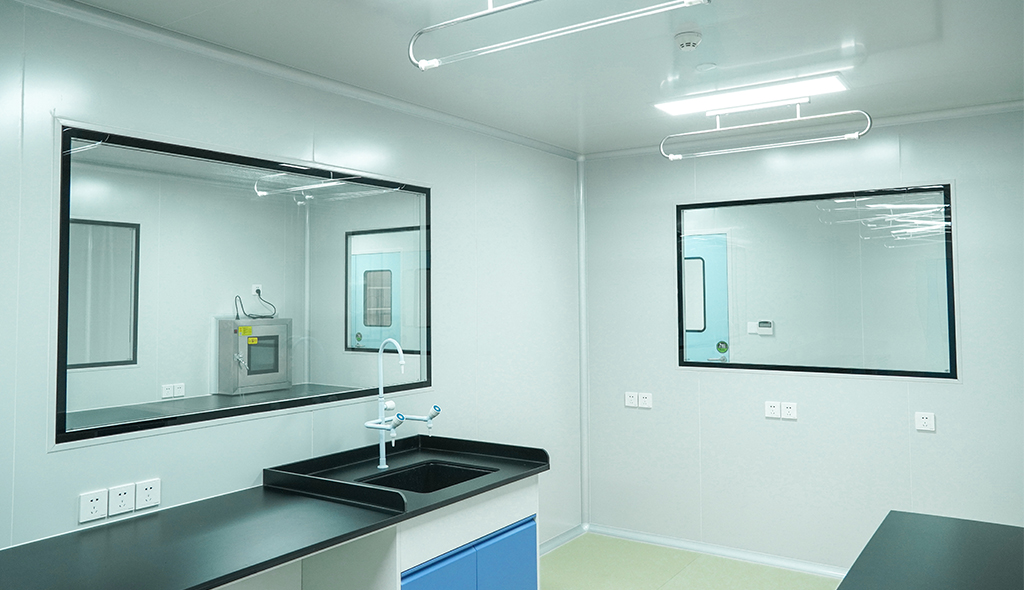
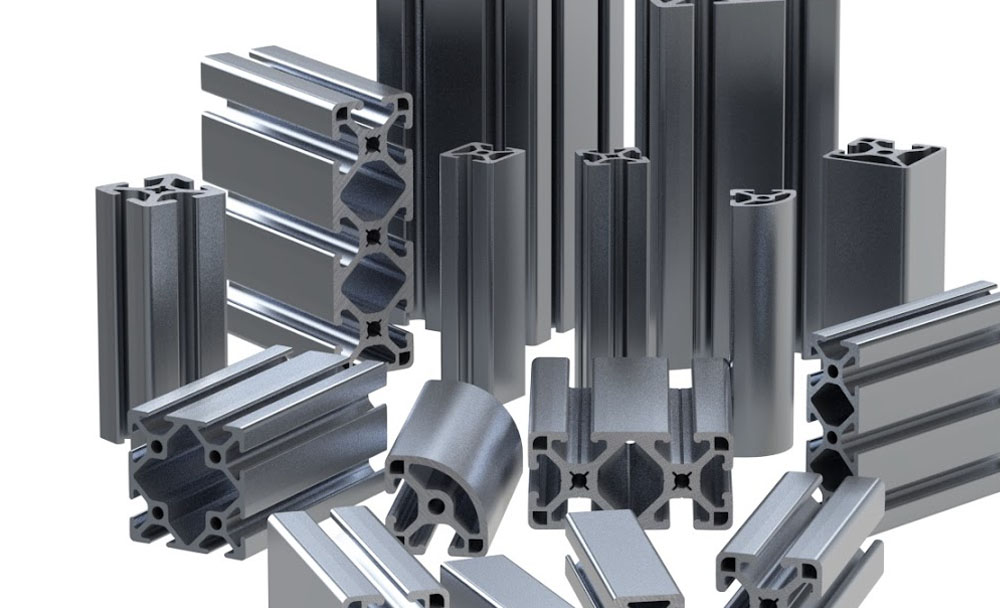
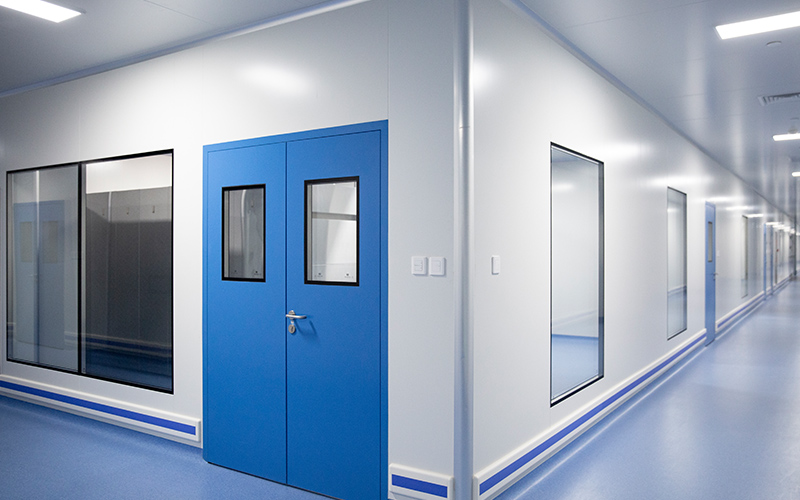
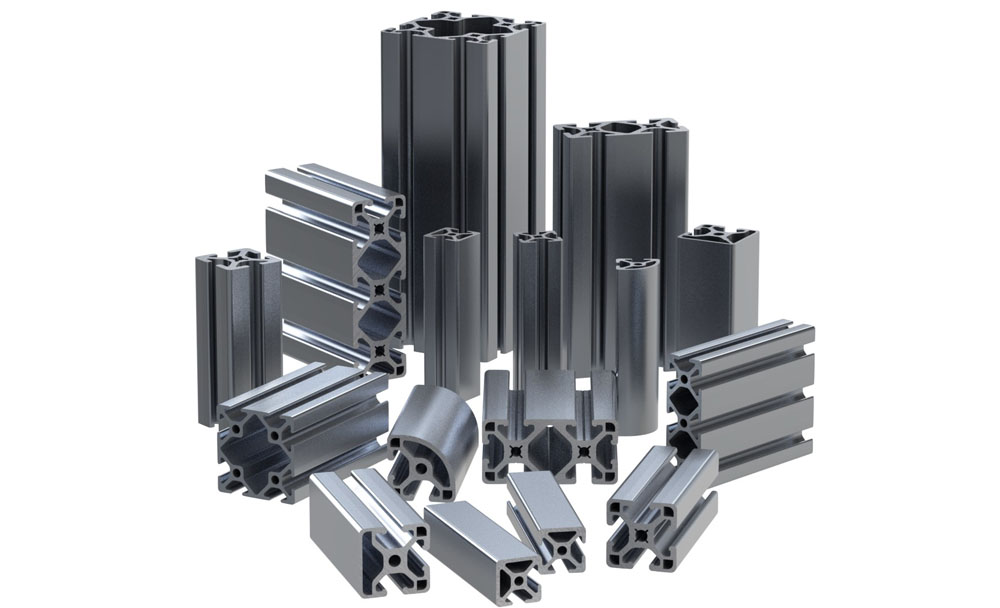
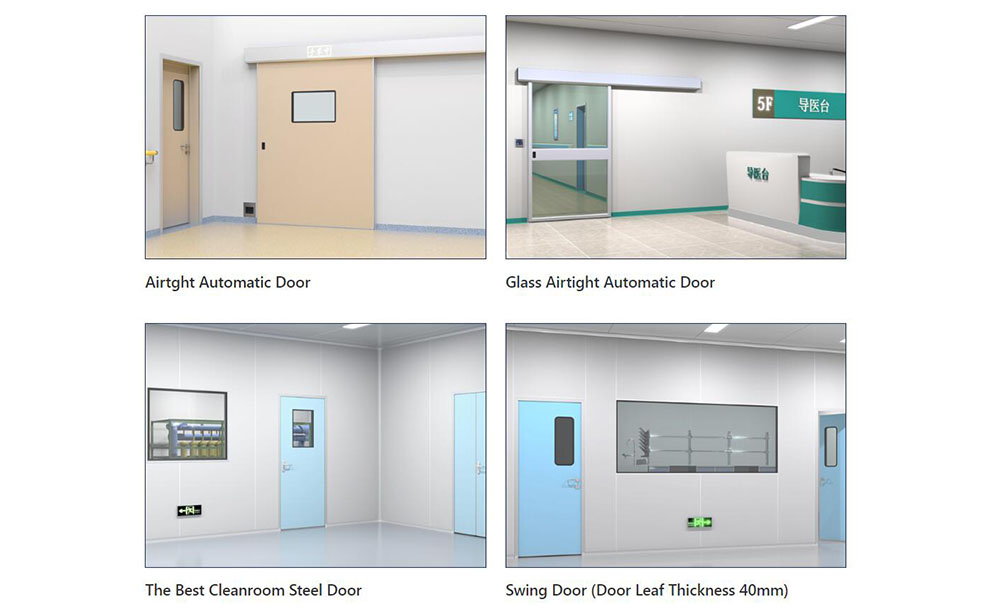
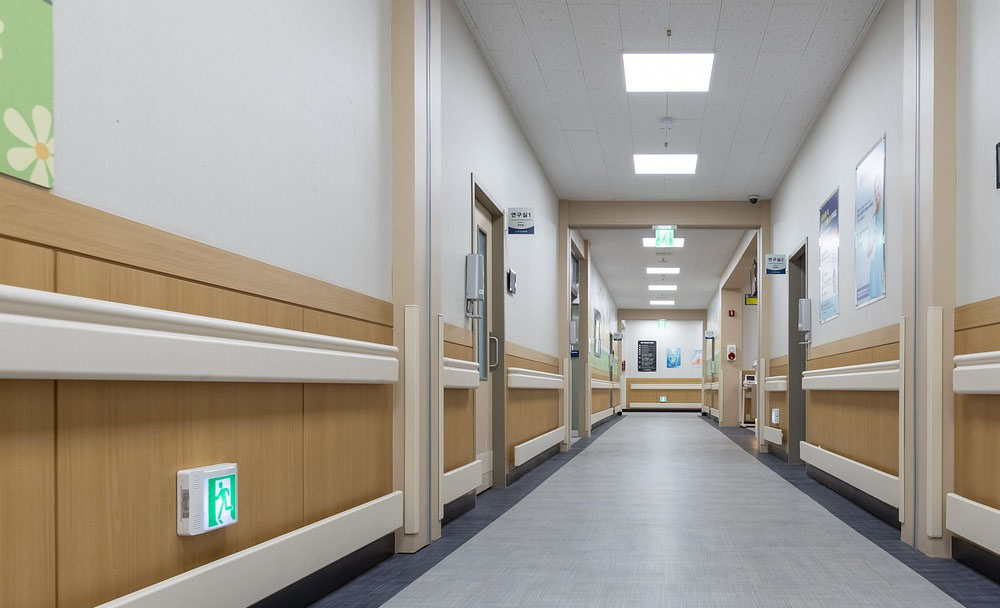
.jpg)
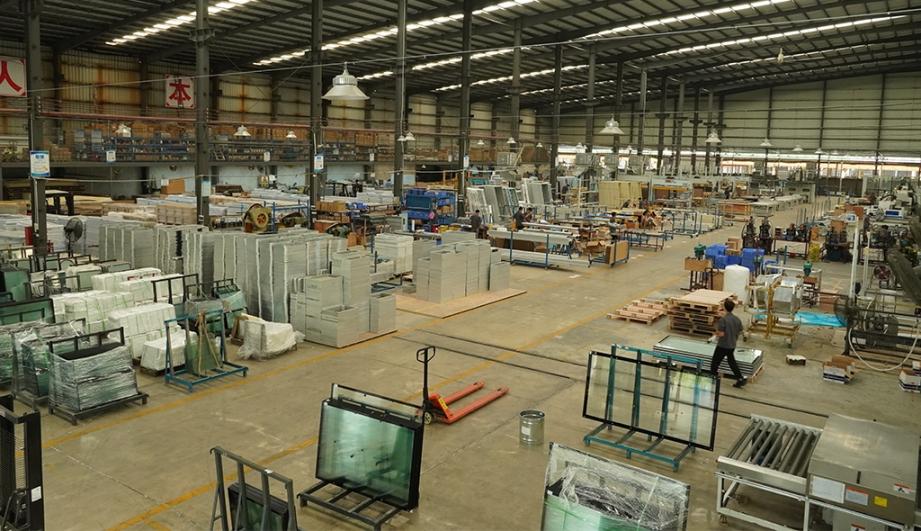

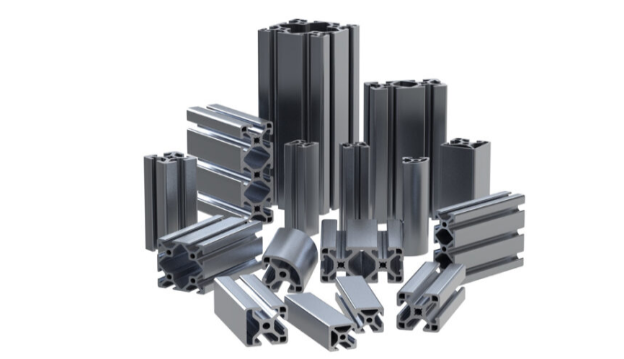
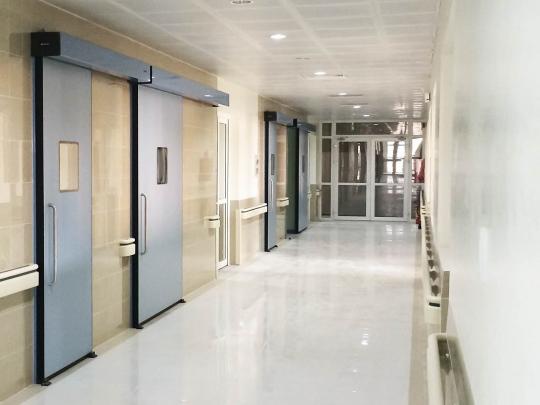
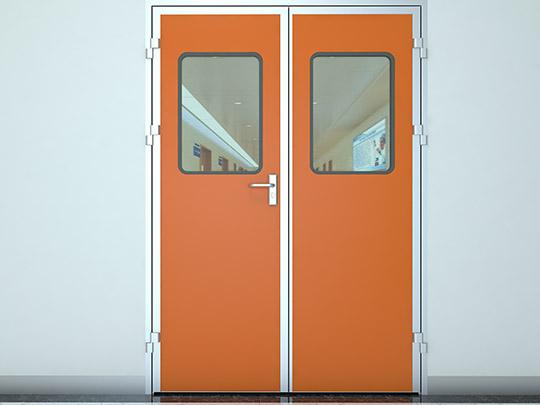
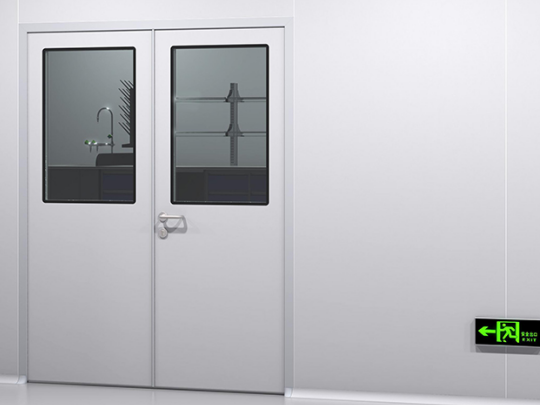
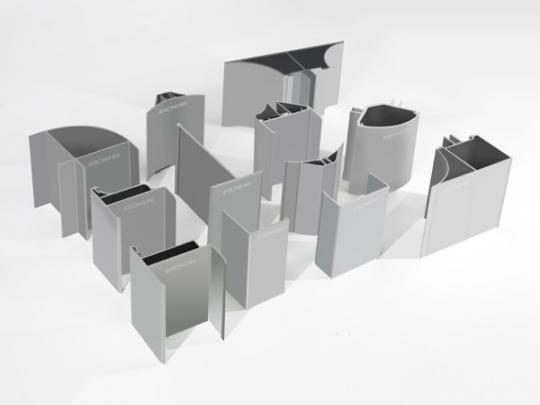
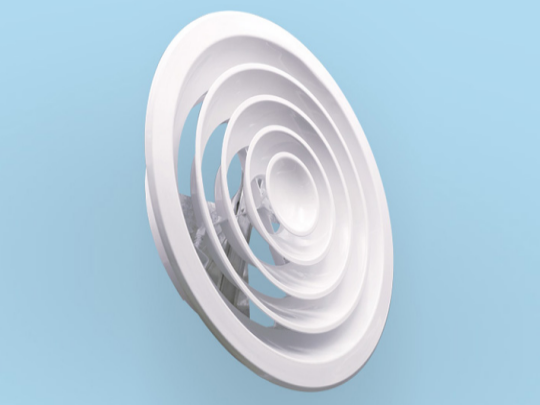
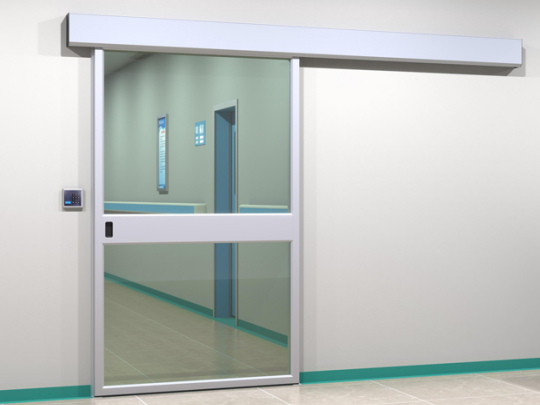
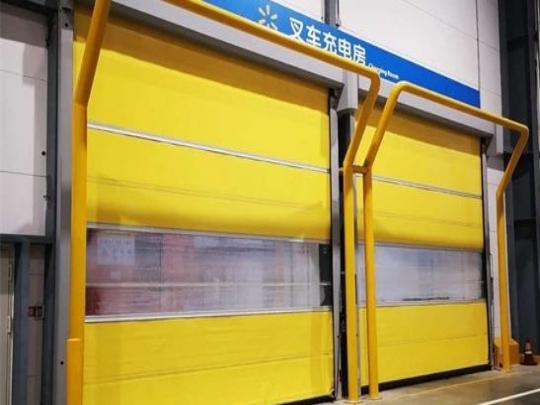
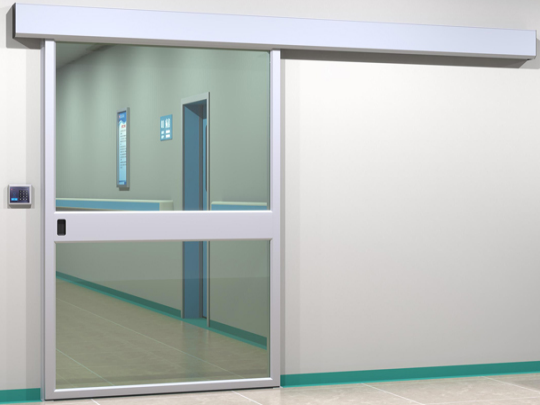
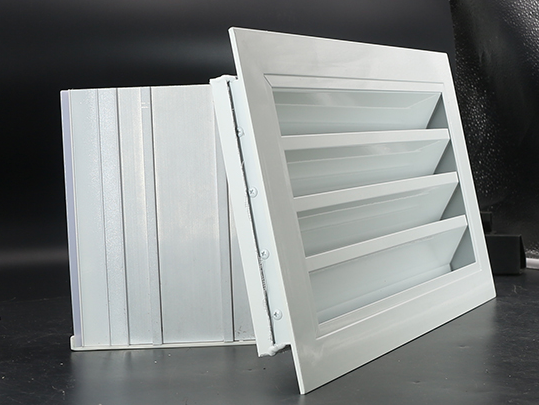
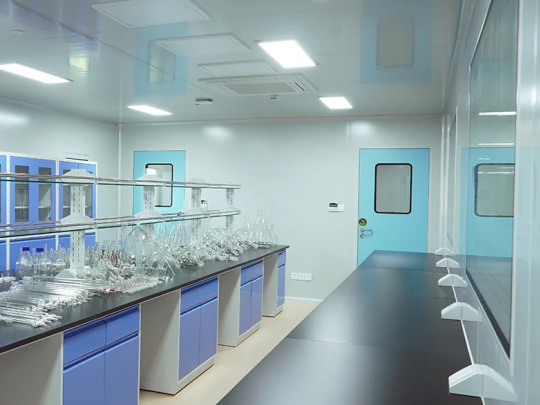
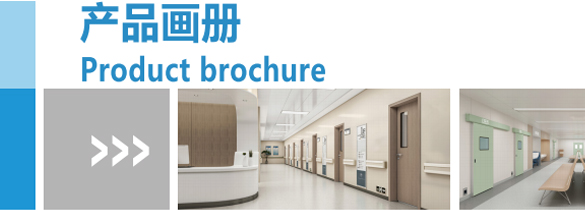
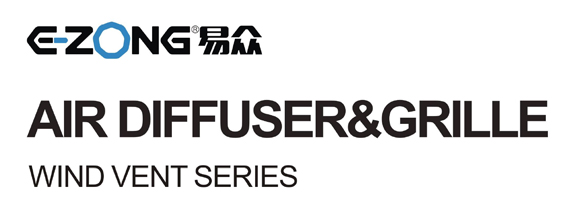

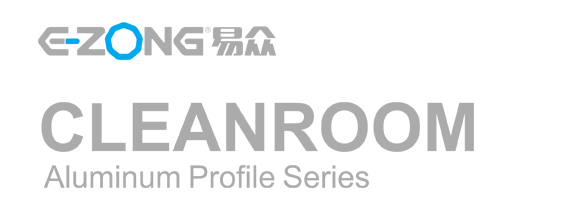






Speak Your Mind